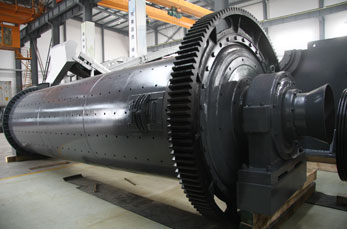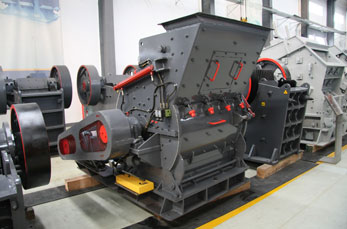A lead-zinc ore crusher is a machine designed to reduce large rocks or raw ore into smaller particles for further processing in mineral extraction. Lead-zinc ores typically contain galena (PbS) and sphalerite (ZnS), often accompanied by pyrite, chalcopyrite, and other minerals. The choice of crusher depends on the ore’s hardness, feed size, and required output.
 Types of Crushers for Lead-Zinc Ore:
Types of Crushers for Lead-Zinc Ore:
1. Jaw Crusher
– Primary crushing stage.
– Handles large feed sizes (up to 1,500 mm).
– Produces coarse output (150–350 mm).
2. Gyratory Crusher
– Used for high-capacity primary crushing.
– Suitable for hard and abrasive ores.
3. Cone Crusher
– Secondary or tertiary crushing.
– Produces finer output (20–50 mm).
– Works well for medium-hard to hard ores.
4. Impact Crusher (VSI/Hammer Crusher)
– Used for softer ores or final shaping.
– Produces cubical particles (5–20 mm).
5. Double Roll Crusher
– For intermediate crushing of medium-hard ores.
 Key Considerations:
Key Considerations:
– Ore Hardness: Lead-zinc ores vary in hardness; jaw/cone crushers are common for harder varieties.
– Moisture Content: Sticky ores may require special designs to prevent clogging.
– Liberation Size: Proper crushing ensures efficient separation in flotation.
– Dust Control: Lead-zinc dust can be hazardous; wet suppression or enclosed systems may be needed.
Typical Crushing Process:
1. Primary Crushing → Jaw/Gyratory Crusher → Coarse output (~150 mm).
2. Secondary Crushing → Cone/Impact Crusher → Medium output (~20–50 mm).
3. (Optional) Tertiary Crushing → Fine Cone/VSI Crusher → <10 mm for grinding feed.
Manufacturers & Models:
– Metso Nordberg® C Series Jaw Crushers
– Sandvik CH/CS Cone Crushers
– Terex Jaques Impact Crushers
Would you like recommendations based on a specific ore grade or processing setup?





Leave a Reply